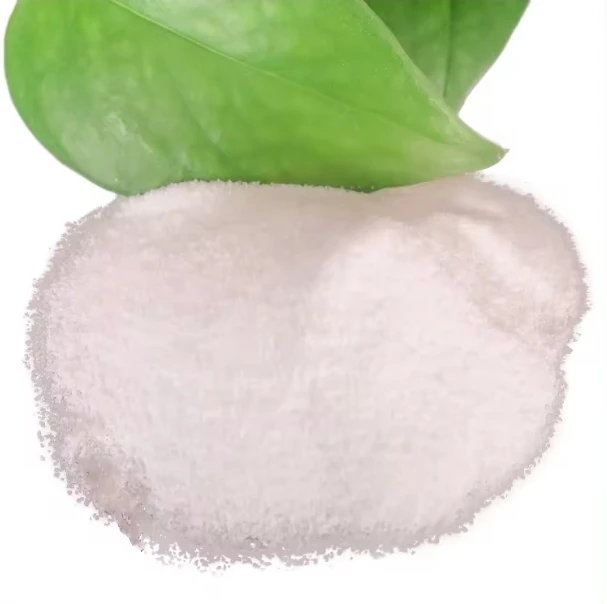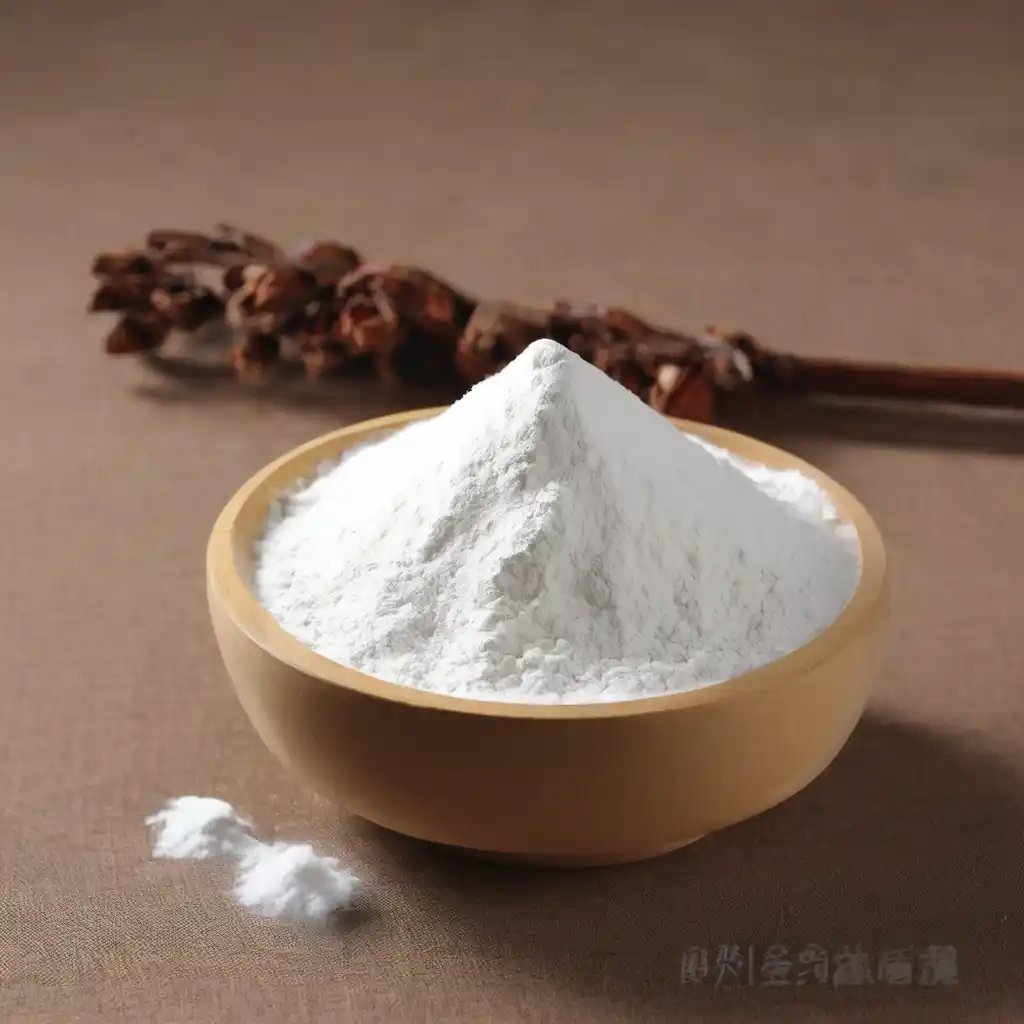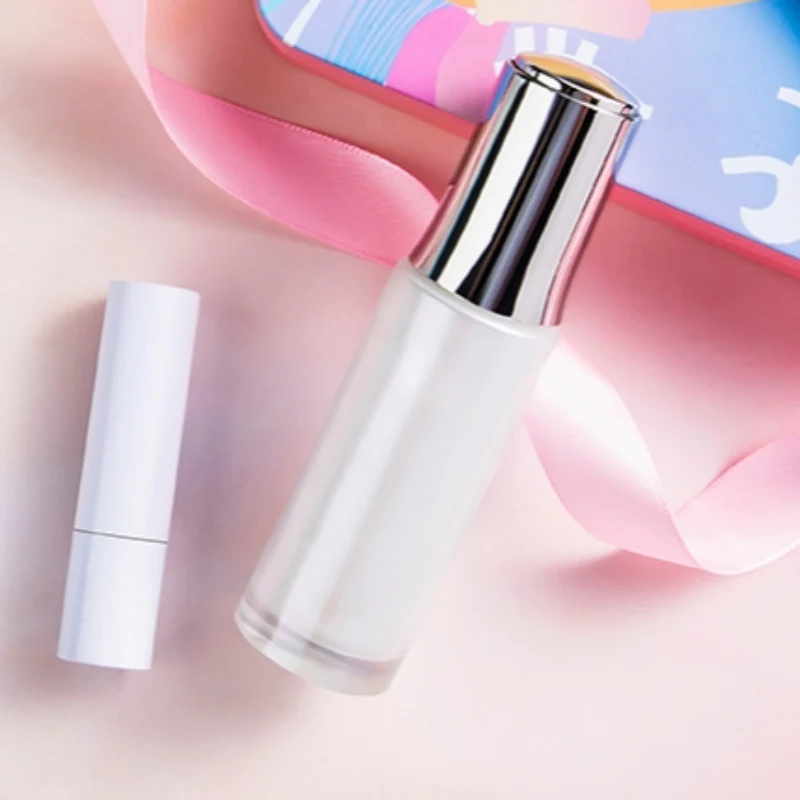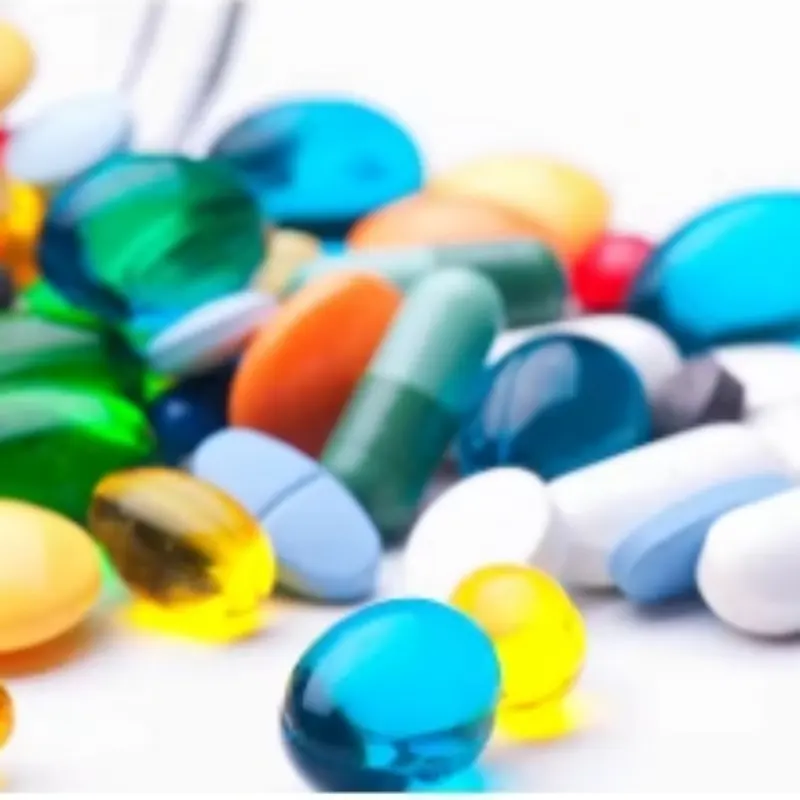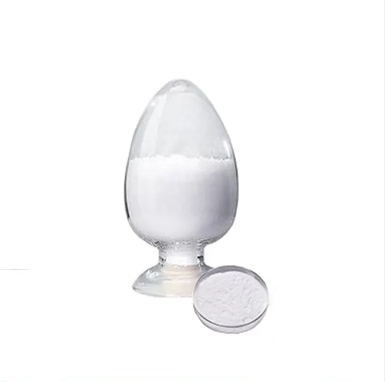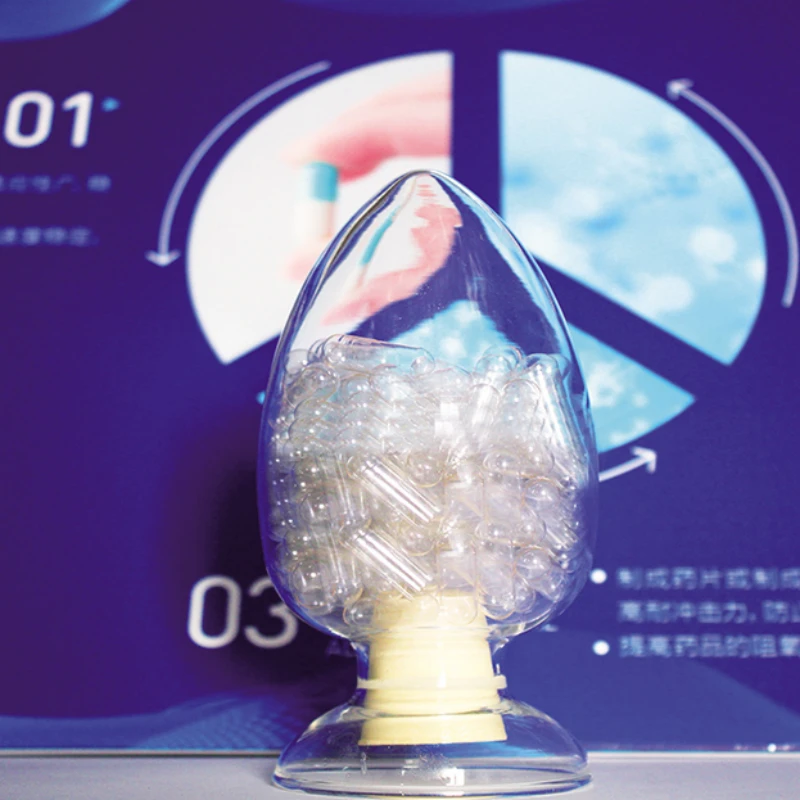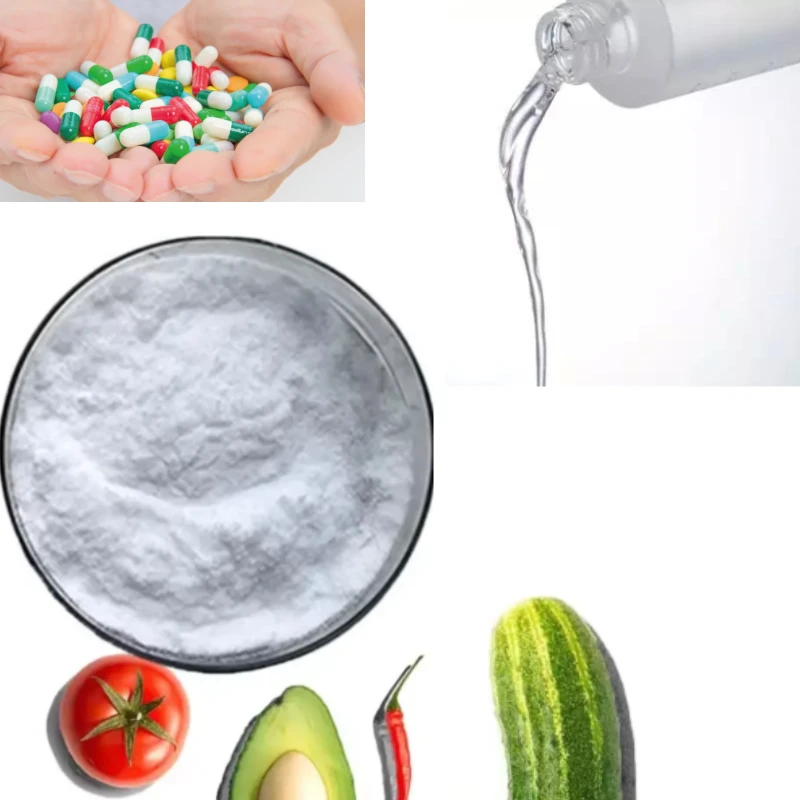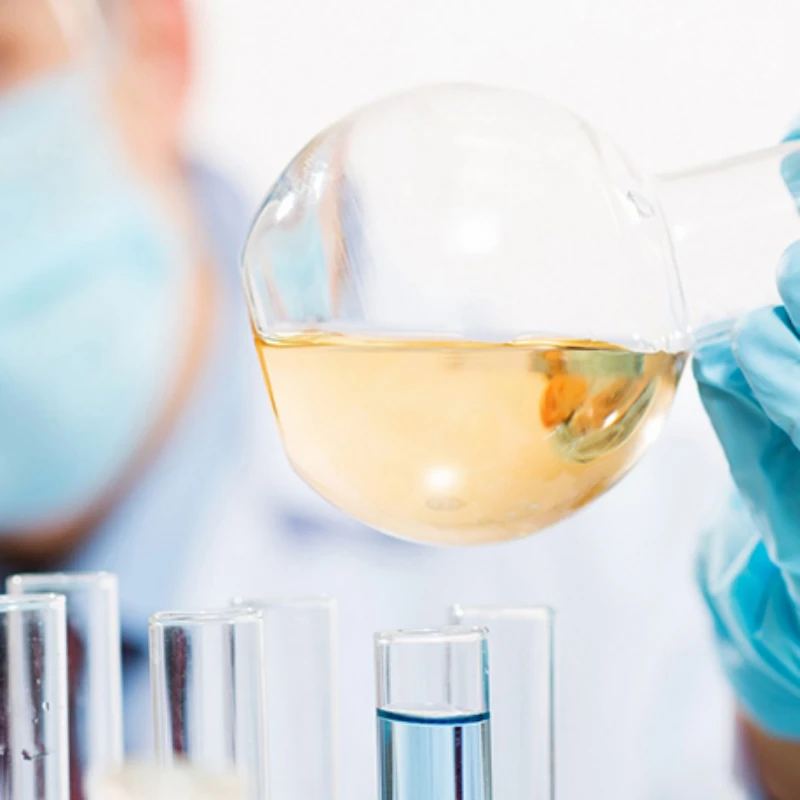Unveiling the Art of Pullulan Production: Fermentation Techniques and Process Optimization
Pullulan, a polysaccharide of significant commercial value, finds its roots in fermentation processes. This article aims to explore the multifaceted world of pullulan production, delving into fermentation techniques, process intricacies, optimization strategies, and the future outlook of this versatile biopolymer.
Understanding Pullulan
Chemical Composition and Properties: Providing insights into the molecular structure of pullulan, elucidating its unique properties such as film-forming ability, biocompatibility, and resistance to heat and chemicals.
Versatile Applications: Encompassing the wide-ranging applications of pullulan in food, pharmaceutical, cosmetic, and packaging industries, owing to its biodegradability, non-toxicity, and film-forming capabilities.
Fermentation Techniques
Microbial Selection: Expounding on the importance of selecting suitable microbial strains, focusing on species of Aureobasidium pullulans, and exploring genetic engineering techniques for strain improvement.
Culture Medium Formulation: Delving into the composition of culture media, including carbon and nitrogen sources, minerals, and growth factors, tailored to optimize pullulan production.
Fermentation Conditions: Analyzing critical parameters such as temperature, pH, agitation, and aeration, and their impact on microbial growth kinetics and pullulan yield.
Advanced Fermentation Strategies: Introducing advanced fermentation techniques like fed-batch and continuous fermentation, and their advantages in enhancing productivity and product consistency.
Pullulan Production Process
Inoculum Preparation: Detailing the steps involved in preparing robust microbial inoculum, encompassing strain maintenance, culture activation, and inoculum scaling up techniques.
Fermentation Process: Providing a step-by-step overview of the fermentation process, from inoculation to harvesting, emphasizing real-time monitoring and control of process parameters for optimal pullulan production.
Downstream Processing: Explaining the downstream processing steps, including cell separation, pullulan recovery, purification, and drying methods, to obtain high-purity pullulan with desired physicochemical properties.
Optimization Strategies
Metabolic Engineering: Investigating genetic modification approaches aimed at enhancing microbial strains for improved pullulan production, including gene overexpression and pathway optimization.
Process Optimization: Discussing statistical experimental designs, response surface methodology, and computational modeling techniques for optimizing fermentation parameters and maximizing pullulan yield and quality.
Sustainability Initiatives: Highlighting efforts to utilize renewable feedstocks, minimize waste generation, and implement green bioprocess technologies to enhance the sustainability profile of pullulan production.
Challenges and Future Perspectives
Substrate Availability: Addressing challenges related to substrate sourcing and cost-effectiveness, and exploring alternative carbon sources and waste utilization strategies for sustainable pullulan production.
Bioprocess Scale-Up: Discussing the complexities of scaling up pullulan fermentation from laboratory to industrial scale, and the need for innovative bioreactor designs, process intensification, and automation.
Technological Advancements: Anticipating future developments in fermentation technology, including in-line monitoring sensors, artificial intelligence-driven process control, and biorefinery concepts, to drive efficiency and competitiveness in pullulan production.
Conclusion
Pullulan production represents a captivating fusion of microbial fermentation, bioprocess engineering, and biopolymer science. By leveraging advances in microbial genetics, fermentation technology, and process optimization, we can unlock the full potential of pullulan as a sustainable and versatile biomaterial, catering to the evolving needs of diverse industries while fostering environmental stewardship and economic growth.
Business Profile: Shandong Mimei Biotechnology Co., Ltd.
Shandong Mimei Biotechnology Co., Ltd. is a leading manufacturer and supplier of pullulan and related bio-polysaccharide products in China. Established in 2019, our company boasts a comprehensive product line, state-of-the-art manufacturing facilities spanning over 100,000 square meters, and certifications including ISO22000, ISO14001, and ISO45001. With a focus on quality, innovation, and customer satisfaction, we serve global markets across various industries, including pharmaceuticals, nutraceuticals, and food and beverage. Contact us now!
